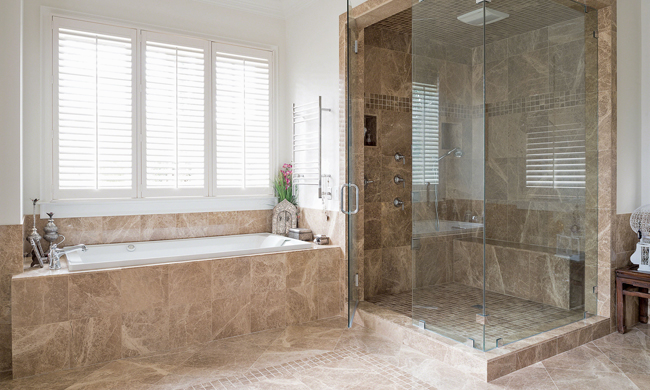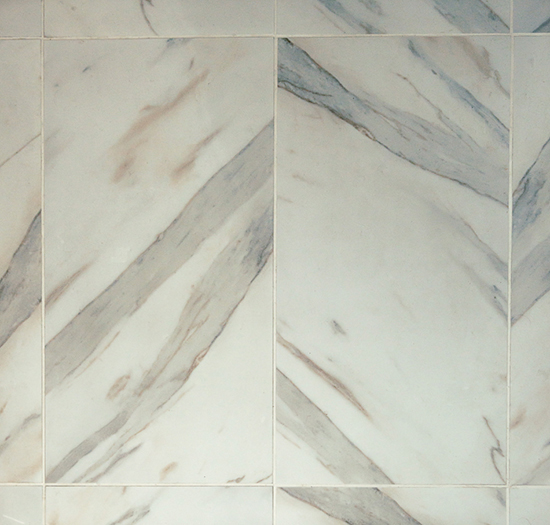How to Maintain Marble Floors
Jan 30, 2017 03:33AM ● By Family Features

Veins of color and unique patterns give marble tile a truly stunning appearance. However, maintaining that elegance may seem anything but effortless.
Common advice cautions against using vinegar, bleach, ammonia or other general-purpose cleaners, while taking care to prevent scratches from the wheels of an old vacuum or basic sand and dirt is paramount. With all these rules, it may seem impractical to care for a marble floor, but once you understand the basics, it’s actually quite simple.
Know the difference between etches and stains. “Marble is porous and can stain when it absorbs liquids,” said Jacqueline Tabbah, vice president of the family-owned stone restoration company International Stoneworks in Houston.

Stains can discolor marble and have a dark appearance; they are oftentimes caused by kitchen grease or makeup and lotions.
An etch mark is a chemical corrosion of the surface layer of the stone caused by the acids found in most household cleaners and in substances like tomato sauce, lemon juice and alcohol. Etch marks are often most visible at an angle, when they appear duller and less shiny than the surrounding surface.
If a spot is lighter than the surrounding stone, it’s most likely an etch mark. If a spot is darker than the surrounding stone, it’s probably a stain.
To remove stains, use a poultice, which you can buy at a hardware store. Spread it on the stain then cover the area with plastic wrap, holding it down with painter’s tape. The next day, remove the plastic, allow the poultice to dry completely and gently wipe it up. If the stain is still there but noticeably lighter, repeat the procedure. If it’s just as bad as it was, it will only come out with the help of a professional restorer. Etch marks can usually be prevented by wiping up spills immediately and using the right cleaners.
Be careful what you use to clean. Acids are the main enemy of calcitic marbles. Avoid cleaners containing vinegar or citrus, as well as abrasive powders and creams, which can scratch softer stones. Strong household cleaners like toilet bowl cleaner, metal cleaner or oven cleaners can cause irreparable etching or permanent color changes in stone.
Tabbah recommends a cleaner with a pH level of at least 7 or 8, or buying one that specifically mentions marble.
Mop carefully. “A microfiber mop is the main line of defense for your marble floor,” said Tom Workman, owner of Floor Cleaning Experts, a Florida company that cleans and restores commercial and residential floors.
A dry microfiber mop draws in dry hair and dirt. For deeper cleaning, saturate the mop with water. The thin microfibers have tiny triangular wedges that lift grease and oil as the mop glides across the floor. The small amount of water won’t stain your marble.
Soften water in showers. “If you have hard water, a water softener is a must,” Workman said.
Mineral deposits build up slowly but surely, requiring professional honing and polishing to remove. If you don’t use a water softener, leave the vent fan on after showering and squeegee the walls after use.
Use a doormat. Place a mat outside your front door and another mat or rug inside. They’ll absorb dirt and sand before it gets to your marble floors.
Don’t shy away from marble. Caring for it is easy if you follow these simple rules. For more information for caring for marble floors and other stone surfaces, visit naturalstoneinstitute.org/consumers/care.
Shower image courtesy of MS International
Marble tile image courtesy of Teresa Meek




